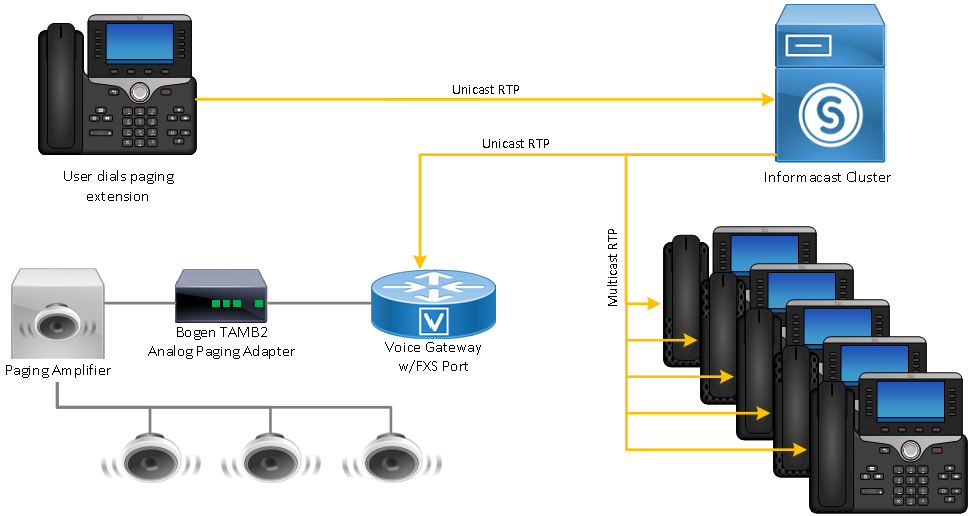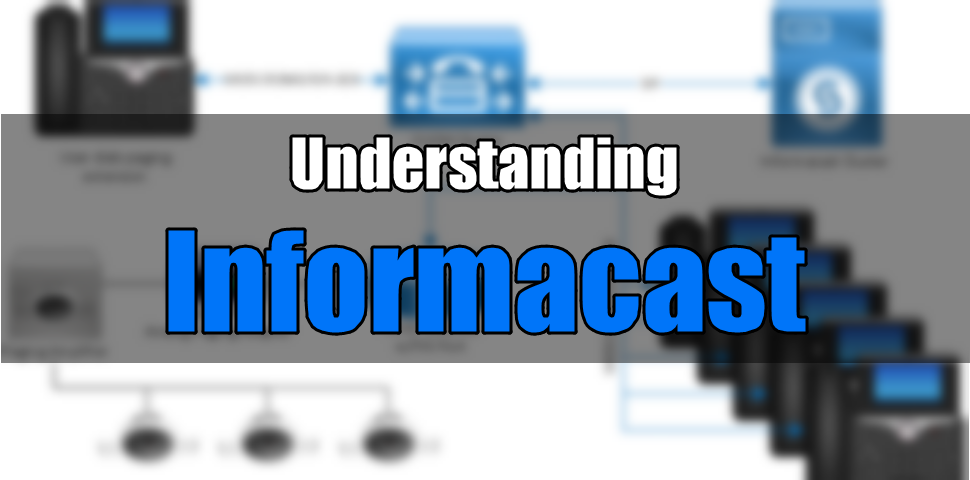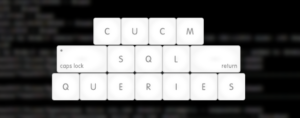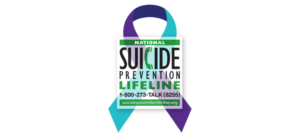Last Updated on February 5, 2021 by Jaron Davis
This document is just a basic overview of how Informacast works. This is not an in-depth analysis, but should be able to provide a basic understanding of how the system works to help troubleshoot.
Signaling
The paging extension is a CUCM Route Pattern in your main phones partition that points to the Informacast_SIP_RL Route List. This route list contains both the Informacast publisher and subscriber SIP trunks.
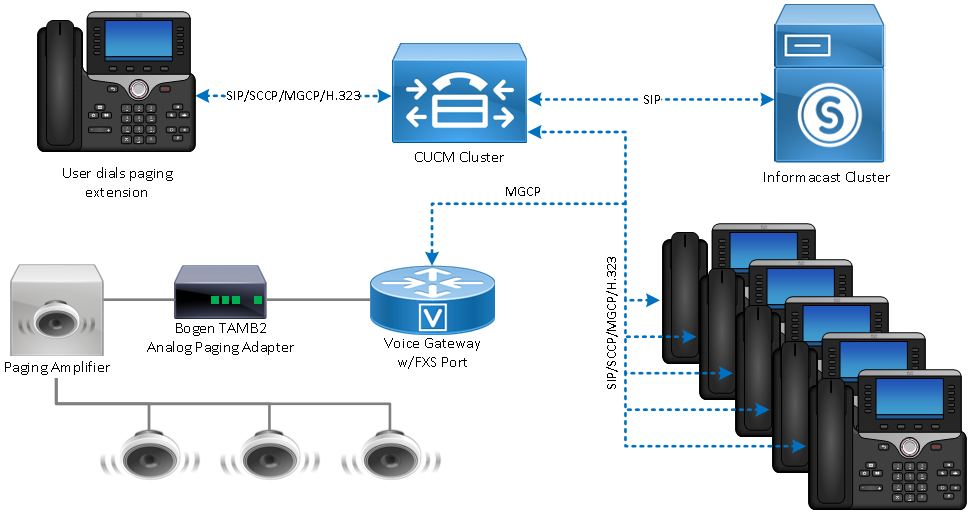
Computer Telephony Integration
CTI is used for the “paging” functionality. Signaling a phone only alerts the phone that there is an incoming call, not specifically that it has to answer it. Informacast uses a JTAPI integration utilizing the Application Users built in CUCM to be able to relay information to the endpoints that they need to answer the call.
Legacy Paging Interfaces don’t require a CTI signal since they are auto-answer devices.
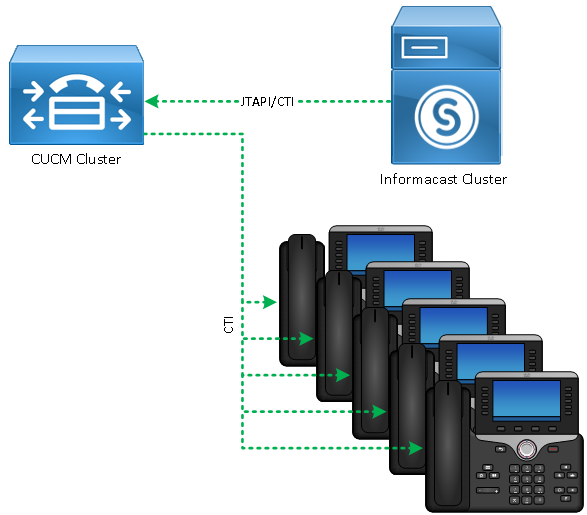
Media
Once the initial signaling is sent, the actual media must also be sent out. The originating phone sends informacast a unicast RTP signal, which was coordinated by the CUCM, but does not directly involve the CUCM for the RTP.
Informacast then either relays the live broadcast or sends out a recorded message utilizing multicast for phones and unicast for legacy paging endpoints.
